At what temperature does the dryer dry clothes?
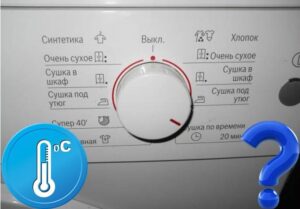 Effective use of a dryer is only possible in conditions where the user has excellent knowledge of the design of household appliances and all its programs. The most important thing is knowledge of the temperature conditions required for certain things. After all, if the owner of the “home assistant” understands what the drying temperature will be in the dryer, then the clothes after the operating cycle will never be overdried or, on the contrary, wet. This data can be found in the official user manual, and if the document is not at hand, then in our article today.
Effective use of a dryer is only possible in conditions where the user has excellent knowledge of the design of household appliances and all its programs. The most important thing is knowledge of the temperature conditions required for certain things. After all, if the owner of the “home assistant” understands what the drying temperature will be in the dryer, then the clothes after the operating cycle will never be overdried or, on the contrary, wet. This data can be found in the official user manual, and if the document is not at hand, then in our article today.
What is the heating like in different modes?
It is impossible to quickly and accurately answer at what temperature a dryer dries clothes. This is due to the fact that each model has dozens of different modes designed for a wide variety of clothes and shoes. Therefore, each work cycle must be considered separately. We list the most common ones that can be found in every dryer.
- Cotton. There are several varieties of this mode that are suitable for subsequent ironing of clothes, putting them in a closet in a dry and very dry state. The program is intended for clothes made of cotton, or for cotton items with the addition of synthetic materials. The choice of drying temperature, intensity, and cycle duration depend directly on the types of mode. Usually things are dried at a temperature of 60 degrees Celsius, but the temperature can reach up to 70 degrees.
- Synthetics. Another cycle with different parameters - iron, dry in the closet, and also very dry in the closet. Suitable for synthetic clothing and items made from mixed materials with a high synthetic content.Drying takes place in conditions of 40–50 degrees.
- Sport. Function for processing products made from membranes and other fabrics with water-repellent properties. The very gentle cycle is characterized by its gradual increase in temperature up to 40 degrees Celsius.

- Down clothes. Housewives use this option to dry pillows, blankets, feather beds filled with down, down jackets and other similar products. As in the previous working cycle, the temperature gradually increases as drying progresses, only in this case it is already up to 50 degrees.
- Thin clothes. A cycle for the most delicate items that can be processed in automatic washing machines. This list includes clothes made of satin, synthetics, melange fabric and other delicate materials. The regime is characterized by a gradual increase in temperature to 40 degrees Celsius.
- Wool. Drying function used for clothes made entirely of wool or for items with a small wool content that can be washed in washing machines. Again a gradual increase in temperature to 40 degrees.
Under no circumstances should you dry items made from different materials together, because some items will always be either wet or overdried after work.
Our list does not include all operating cycles, but the most basic ones, without which not a single drying machine can do. As you can see, the “home assistant” works very carefully with things, carefully processing them at a comfortable temperature.
Does your dryer consume a lot?
Of course, temperature is directly related to the energy consumption of the dryer. The more intense the work cycle and the higher the drying temperature, the more electricity will be consumed. It is because of this that users often do not want to purchase dryers, because they are afraid of a significant increase in the monthly payment for housing and utility services. But is the energy consumption during operation of the dryer really that high?
First of all, the design of the machine affects energy consumption. Stores sell models of condensation type, ventilation type, as well as devices with a heat pump, which are recommended to be purchased in order to save electricity. Let's take a look at the specific numbers.
- Units that either collect condensate in a special tank or remove excess moisture through the ventilation system consume about 5 kilowatts per hour. This indicator is relevant for the classic working cycle with laundry that was washed and spun in a washing machine at a speed of 1400 rpm.
- Machines with a heat pump do not heat up as much, and they also only consume about 2 kilowatts per hour under similar conditions.
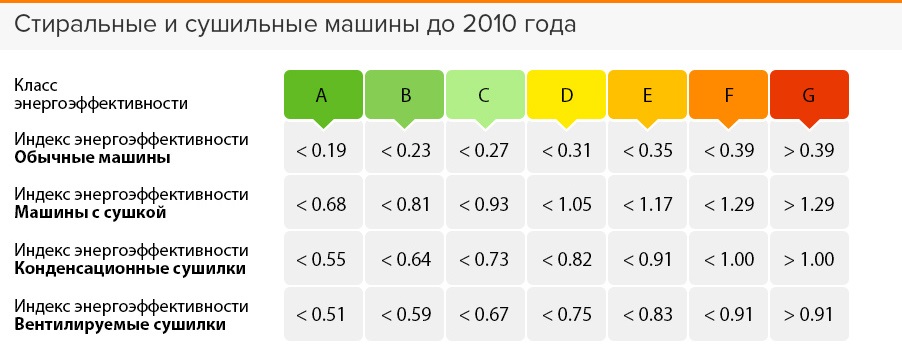
The specified data is presented as an example, because accurate information can only be obtained for certain equipment. Energy consumption varies greatly depending on the model and brand, so we will analyze specific machines that are popular on the Russian market.
- The free-standing Bosch WTM83261OE condensation dryer is distinguished by its high performance - simultaneous drying of 8 kilograms of wet laundry. Moreover, for its type and such volumes it has quite good energy consumption - 4.63 kilowatts per hour and 2.61 during half load. Energy efficiency class B, which is common for condensing-type equipment, but as an unexpected advantage we can highlight incredibly quiet operation - only 53 decibels.
- Another free-standing “home assistant” of the condensing type is Beko DU 7111 GAW with energy consumption class B, but a more pleasant consumption of 3.92 kilowatts per hour during full load, including on the “Cotton and Closet” program. The disadvantages are hidden in the higher noise level - 65 decibels, as well as in the maximum load, which is less by a whole kilogram compared to the previous machine.
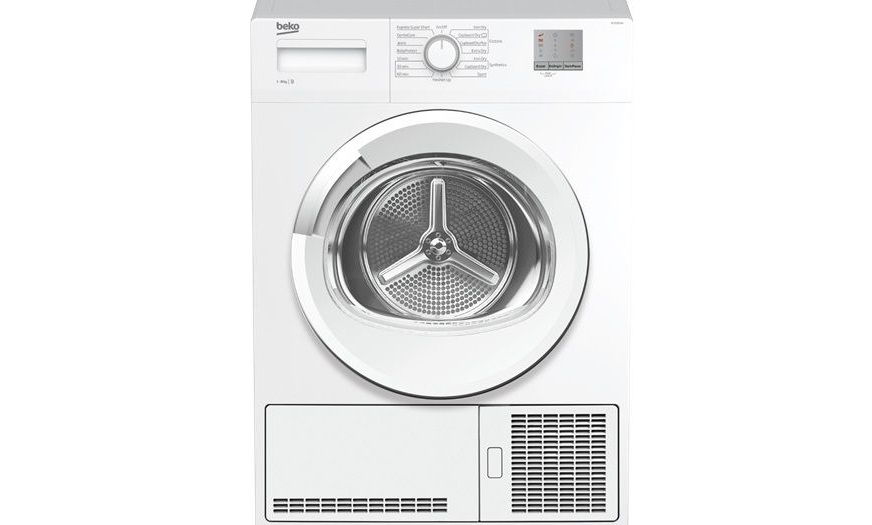
- The separate Gorenje DA82IL unit is equipped with a heat pump, which is why its performance is significantly lower than that of the previous two condensing units. This A++ rated device consumes only 1.97 kilowatts per hour at a maximum load of 8 kilograms and the selected cotton mode “Into the closet”.
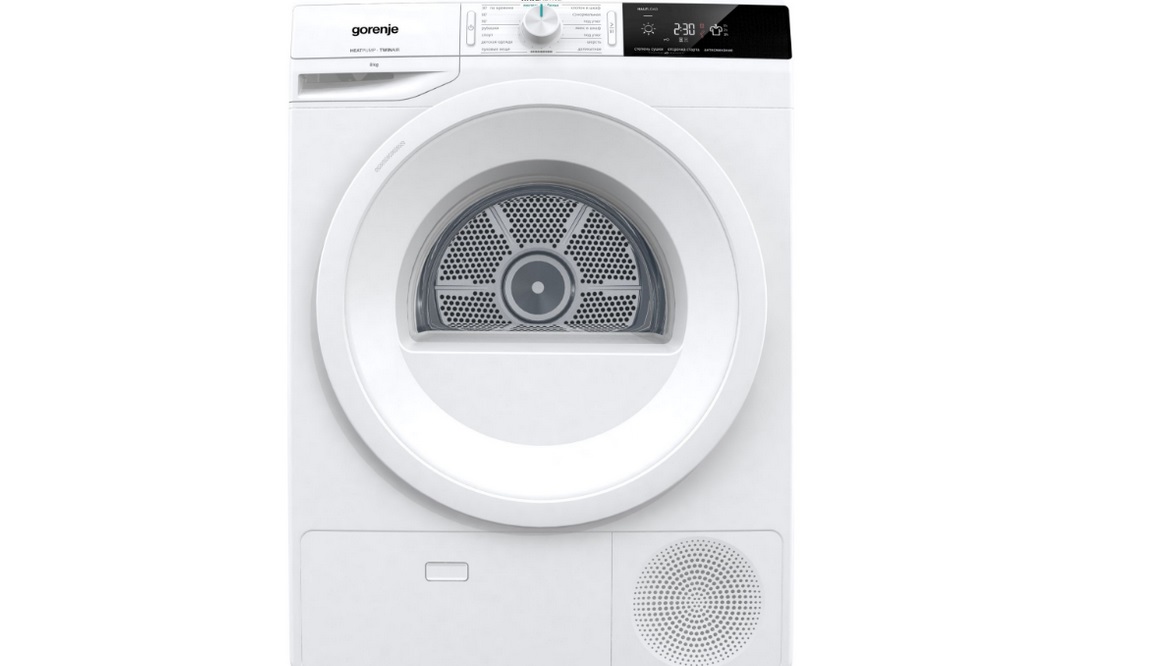
- The separate Bosch WTW85469OE heat pump dryer also boasts an A++ energy efficiency rating. On the classic “Cotton and Closet” cycle, it spends only a little more kilowatts per hour - 2.05, but it can load as much as 9 kilograms of wet clothes.
- Another free-standing dryer with pump, LG DC90V9V9W, is even more energy efficient thanks to its A+++ rating. During the maximum load of the hopper for 9 kilograms of laundry, it spends only 1.46 kilowatts per hour, and with a half load - 0.77.
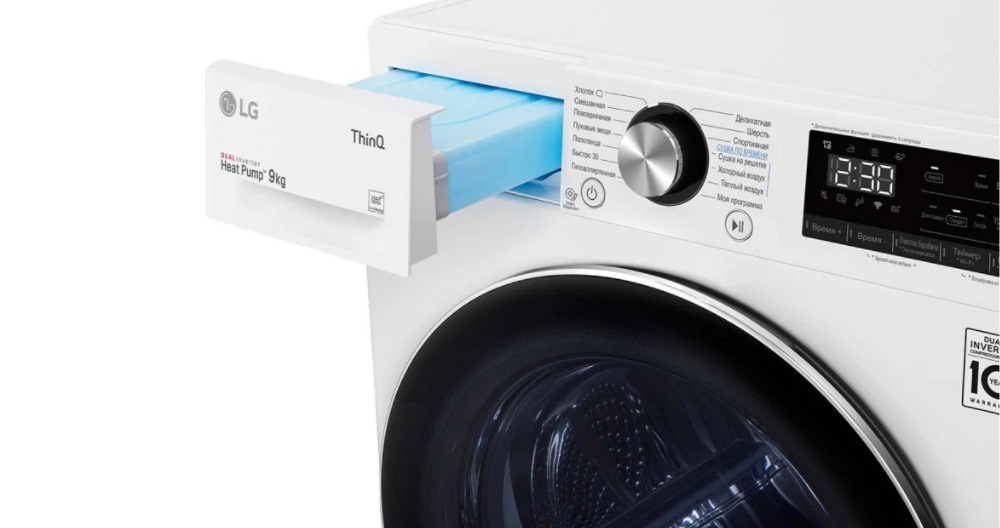
- And another efficient free-standing machine with a Siemens WT47XEH1OE pump, characterized by energy consumption class A+++. Its consumption during a fully filled compartment of 9 kilograms is 1.61 kilowatts per hour and 0.9 during a half load.
As a result, household appliances with a heat pump sometimes spend 2 and sometimes 3 times less electricity than condensing and ventilation type devices.Yes, this equipment is more expensive, but it will allow you to significantly save on utility bills, since some models spend less than one kilowatt per hour during drying.
Interesting:
Reader comments
- Share your opinion - leave a comment

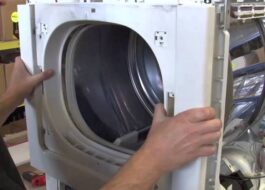
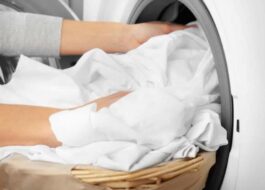

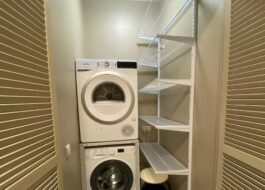
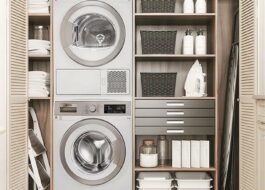
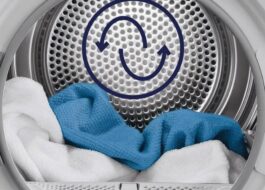














Add a comment